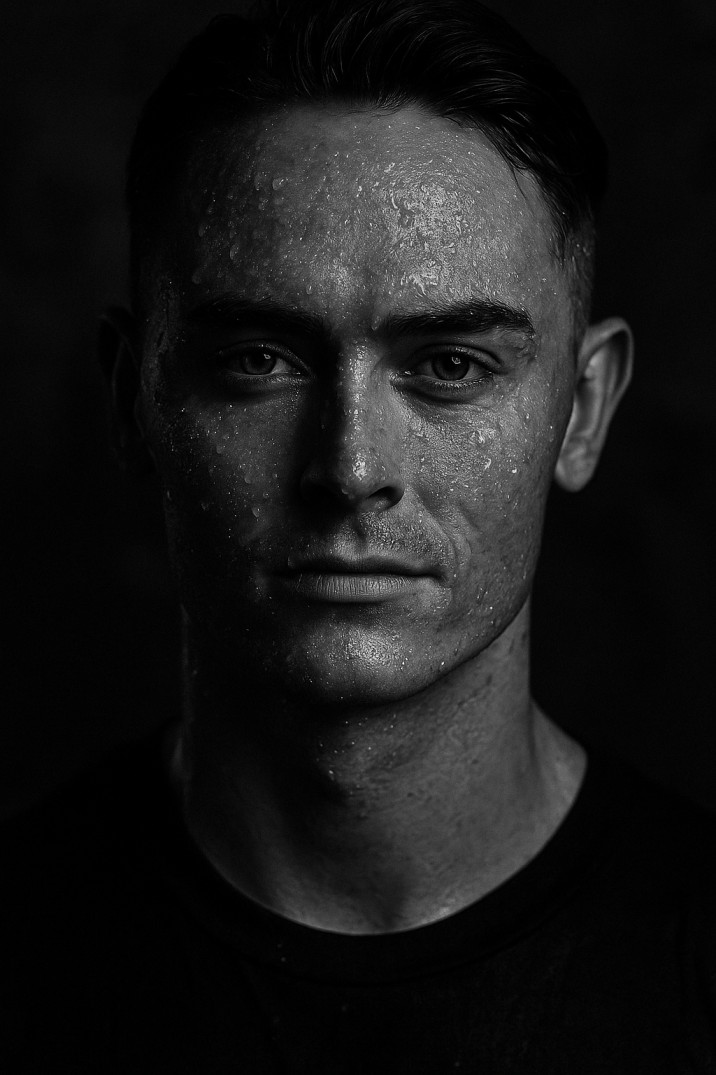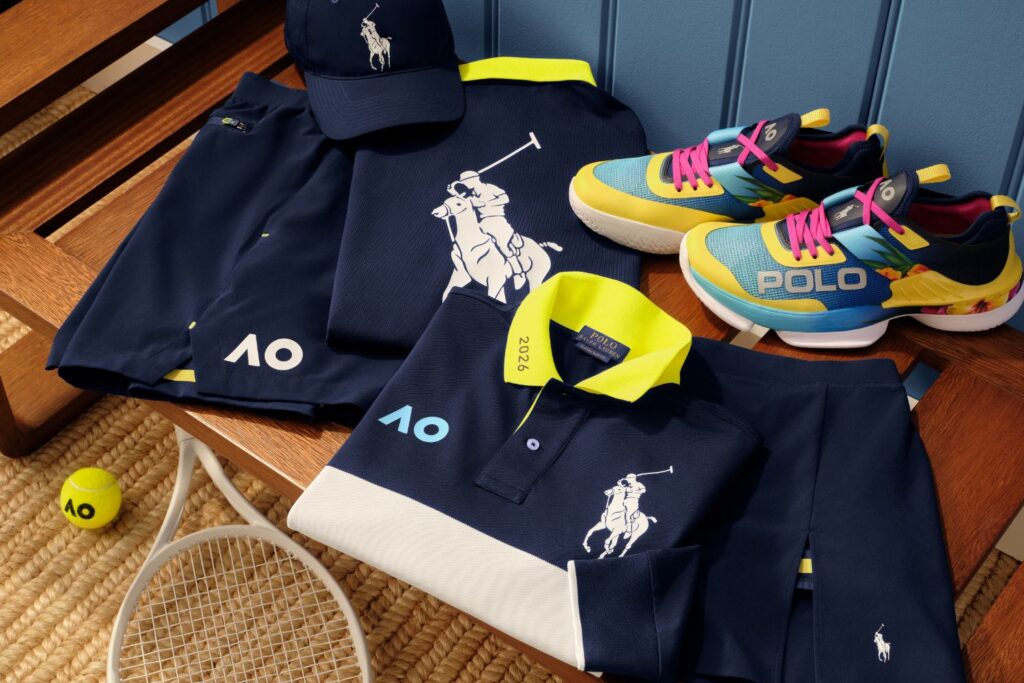Running a fast‑growing Australian telehealth start‑up while staying genuinely healthy may sound like the founder’s impossible dream. Yet Josh Fidrmuc, a former Australian Army soldier turned Big 4 consultant, is showing that disciplined wellbeing can underpin—rather than undermine—commercial momentum. As chief executive of Dial A Vet, described by industry outlet GlobalPETS as “a leading provider of telehealth veterinary services in Australia”, he has rebuilt both a platform and a lifestyle around sustainability.
From army patrols to startup pivots
Fidrmuc’s career arc is modern‑Australian grit: five years in uniform, client decks at a top consultancy, then in 2021 the launch of Dial A Vet. “Early on I thought I had to out‑work everyone,” he recalls of those caffeine‑fuelled 16‑hour stretches behind a laptop. The habits that served him in the military also pushed him toward burnout—until a tactical rethink made wellbeing a non‑negotiable KPI.
Building a 24/7 lifeline for pet owners
Dial A Vet’s model is simple: for A$49 (about US$33) pet owners anywhere in Australia can jump on a video call with a veterinarian, usually within five minutes. GlobalPETS and Veterinary Practice News Canada both reported this year that the service now operates 24/7 across Australia and has rolled out equivalent offerings in Canada, the United States and the United Kingdom. While the platform cannot yet issue prescriptions in most jurisdictions, it fills a crucial gap for time‑poor city dwellers and regional families who once faced long drives for non‑emergency advice.
Australia’s affection for animals is sizeable: the RSPCA estimates the country is home to about 28.7 million companion animals—more pets than people. That tailwind helped Dial A Vet notch tens of thousands of consultations in its first three years.
“If I don’t take care of myself, the business suffers anyway. My thinking gets worse, and my decision‑making isn’t as sharp,” Josh Fidrmuc says.
Movement as a meeting you can’t cancel
Josh Fidrmuc’s calendar now features one appointment that cannot be moved: jiu‑jitsu at lunchtime. Five mornings a week he’s on the mats before most inboxes ping, followed by three evening boxing sessions. The intensity of grappling, he notes, forces absolute presence and provides a mental reset before strategy meetings. Martial arts also counters the knee pain lingering from army days, while twice‑weekly physio keeps him moving.
Boundaries, not burn‑the‑midnight‑oil bravado
After 7 p.m. the laptop shuts—no Slack, no email. Screen‑free dinners and Sunday phone blackouts create recovery windows that make Monday sharper. The same boundaries apply company‑wide: all‑hands wrap by 4 p.m. Fridays, and Slack statuses switch to “asynchronous” outside core hours.
Lessons from the mat to the boardroom
- Make movement mission‑critical. Protect it like investor calls.
- Engineer presence. Activities that demand total focus reset the mind.
- Draw bright on/off lines. Creativity blooms in recovery, not in the 17th hour of a screen‑lit grind.
- Scale sustainably. Talent retention now hinges as much on a culture of wellbeing as on equity grants.
The road ahead
With fresh capital allocated to international expansion and a domestic market brimming with pet lovers, Dial A Vet’s runway looks long. For Josh, the greater challenge is keeping his own oxygen mask fastened: another dawn on the mats, another evening without notifications—a constant reminder that the first metric worth protecting is founder health.
“Health isn’t something you earn after the business succeeds; it has to run alongside it.” —Josh Fidrmuc
Disclaimers
Pricing: Consultation fees stated (A$49 in Australia; $49 CAD in Canada) are correct as of 1 July 2025 and may change without notice.
Medical: Information in this article is for general interest only and does not constitute veterinary advice. Tele‑consultations cannot diagnose, prescribe or treat conditions that require a physical examination. Always consult a licensed veterinarian in person for diagnosis or prescription medication.
Switzer staff were not involved in production of this article















